A sustainable city or ecocity is a city that is designed with environmental impact in mind. With no definitive definition of what a sustainable city should be, developmental experts agree that a sustainable city should be able to meet the needs of our current generation without compromising the needs of future generations.
As populations grow, communities and societies change; and to minimise negative impacts, long-term planning is needed where attention to its benefits outweigh the costs. By not addressing and tackling these urban issues early, cities could become less sustainable, less productive, and less livable for its inhabitants.
According to the Asian Development Bank, Asian cities have grown faster than any other urban areas in the world. Yet, proper urban planning has been overlooked and has often been an afterthought. By 2022, the region will see more people living in the cities than in rural areas. This is something that we all need to bring to attention if we want our future generations to be able to thrive and live with hope.
Kota Kinabalu has the right dynamics of becoming a model green city in Asia, with its vast natural surroundings and still relatively low population. Let's not overlook the great opportunities that can be done before things get harder to change as the city's population grows.
With SEDIA's (Sabah Economic Development & Investment Opportunity) plans to transform our city into a Green City in-line with the theme "Nature Resort Cityâ€, we need to ask ourselves: What have we done so far to achieve this? And have these projects and initiatives been successful?
Just like Indonesia's efforts, engagement and transparency between the government and KK-ians need to be initiated. Suggestions and ideas need to come from the grassroots - it's people - instead of the other way around. After all, it is they who will benefit greatly from this. And when people feel included in the conversation, and their ideas of making their city a better, more livable place to live in materialises, people will feel a sense of liberation and will likely contribute more to the city and its economy.
Key Features of a sustainable city - Public transport is considered a practical alternative to cars - Public transport is safe and reliable and efficient - Walking and cycling is safe - Resources and services in the city are accessible to all - Renewable resources and used instead of non-renewable resources wherever possible - Waste is seen as a resource and is recycled - There's access to affordable housing - New homes are energy efficient - Have some areas of open spaces that are safe, accessible and enjoyable - Communities work together to deal with issues such as crime and security and community links are strong - Cultural and social amenities are accessible to all - Inward investment is made to the CBD
A sustainable city will grow at a sustainable rate and use resources in a sustainable way.
What can we do to turn KK into a sustainable Asian city? Different cities will have different resources and requirements towards becoming a green city. What can we do to make our beloved city KK a more sustainable and efficient place to live in?
1. Create more green spaces There's scientific proof that having more interactions with gardens and natural spaces rewards us with a variety of mental, physical and social benefits. It also helps to reduce crime and pollution. City planners, governments and public citizens in many cities are starting to appreciate the importance and benefits of having green spaces to improve the quality of life in urban areas. One idea is to turn the former Land & Survey building - a pre-war building that was destroyed by a fire in the 90s - into a small city park. By keeping the remains and pillars of the old foundation and putting plants and trees and a few benches for people to sit would give the place a new life and give this historical building the proper homage it deserves.
2. Bring more awareness into recycling Recycling reduces the amount of waste that goes into Sabah's landfills, streets, rivers and oceans. It is estimated that it takes 20-1000 years for plastic bags, 200 years for aluminium cans and about 500 years for plastic bottles to decompose. Which is more than our own lifetime! Also, when items are recycled, as much as 95% of the energy used is saved compared to manufacturing a new one. In addition to offering environmental benefits, it can also help stimulate economic growth. There is so much waste out there (just look at the waste that you throw out on a daily basis) that it could be a big business opportunity if done properly and systematically. In a lot of cities around the world, recycling is a source of income for some individuals and companies that recycle waste helps create more job opportunities. The municipality should look into recycling programs like Indonesia's ‘trash banks' and recycling vending machines that take in plastic bottles in exchange for money or gift vouchers. Also, more recycling stations (not bins) around the city and residential areas are needed for those who actually do want to recycle.
3. Introduce Road Pricing Scheme and make public transport more efficient Traffic jams are one of the major problems in cities and urban commuters spend hours each day being stuck in traffic. We all know too well that having too many cars on the road simultaneously produces significant amounts of unhealthy pollution, not to mention affects mental health and productivity. Road Pricing is one way to manage traffic growth. In Singapore, about 65% of commuters now use public transport, and the ERP (Electronic Road Pricing) system has kerbed traffic significantly and has managed road space for the highest productive capacity, cutting congestion, pollution, emissions, and fuel use since it was introduced. The annual revenue from the programme has made them about USD 50 million, creating a net profit of USD 40 million every year and the revenue is used for construction and maintenance of roads and public transport.
With the introduction of the car sharing apps Uber and Grab last year and with the BRT (Bus Rapid Transit) anticipated to complete in 2020 in Kota Kinabalu, all these components should be able to help ease our traffic that's on the rise each day. Best thing is, the revenue from the Pricing System could be used to fund or maintain Kota Kinabalu's other green infrastructure projects such as creating more efficient public transport, building more overhead bridges (very important), adding more pedestrian walks and adding more plants and trees around the city. Giving commuters more efficient public transport options and walking facilities without needing a car is definitely a key element to a green city.
4. Give incentives and awards for new and old buildings Many cities of the current world just weren't designed with energy conservation in mind and buildings account for about 40% carbon dioxide emissions from heating, cooling and powering buildings. Reducing the use and wastage of energy should be essential to any city's goals. The common misconception of energy-efficient buildings is that it's expensive. However, the savings and environmental benefits throughout the lifetime of a building far exceed the initial costs to build. The municipality or state government can take a few approaches and initiatives through grants, rebates and tax incentives. These funding mechanisms are very useful for projects with steep upfront expenses. Also, giving awards for different segments and categories, for things like sustainable design in new buildings, energy conservation practices for older buildings and green efforts for small companies and businesses will help to facilitate and encourage developers, tenants, management and even individuals to engage in positive, healthy practise and dialogue.
What do you think about these ideas and do you think they can be easily applied here? What are your own ideas to make Kota Kinabalu more sustainable?
_PH_Banner_(Desktop)(1200x180px).png)
.jpeg)
.jpg)
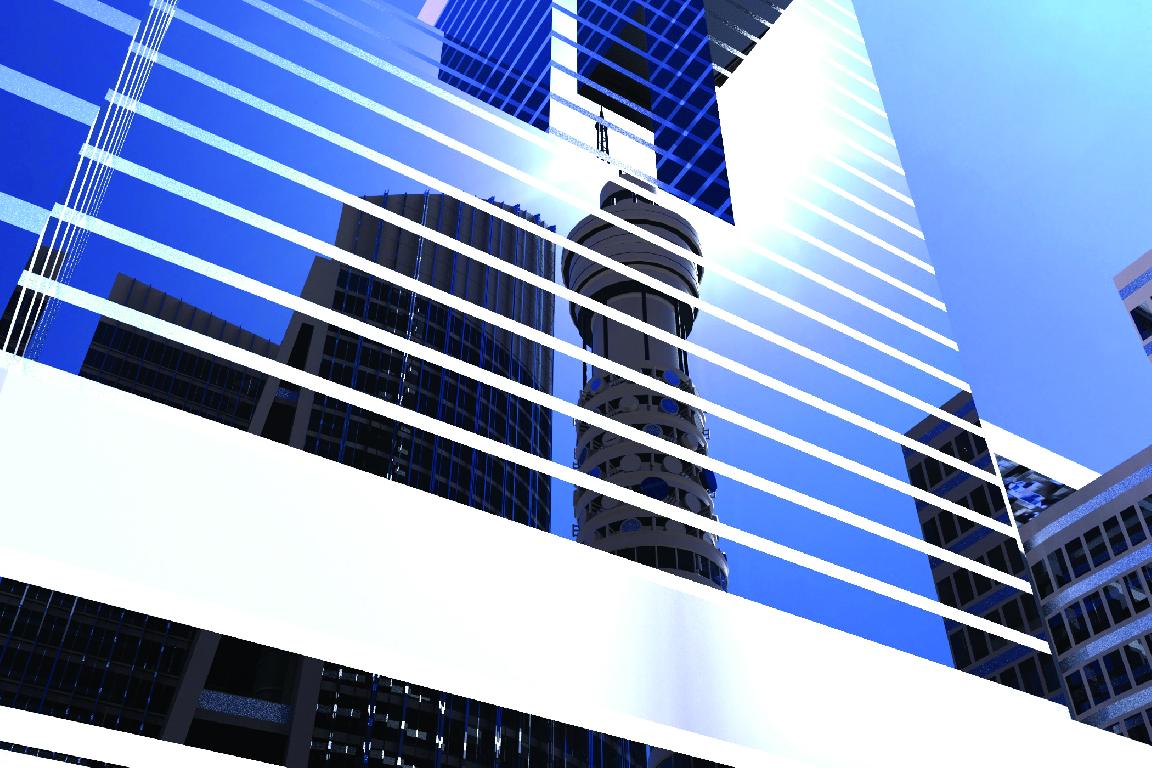
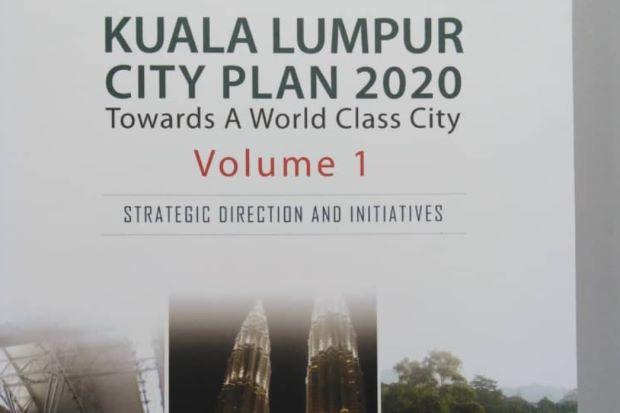
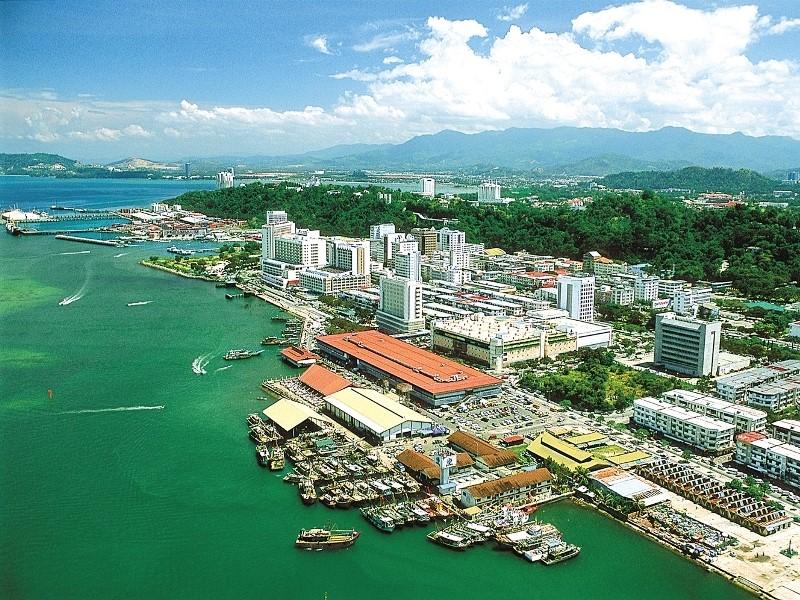
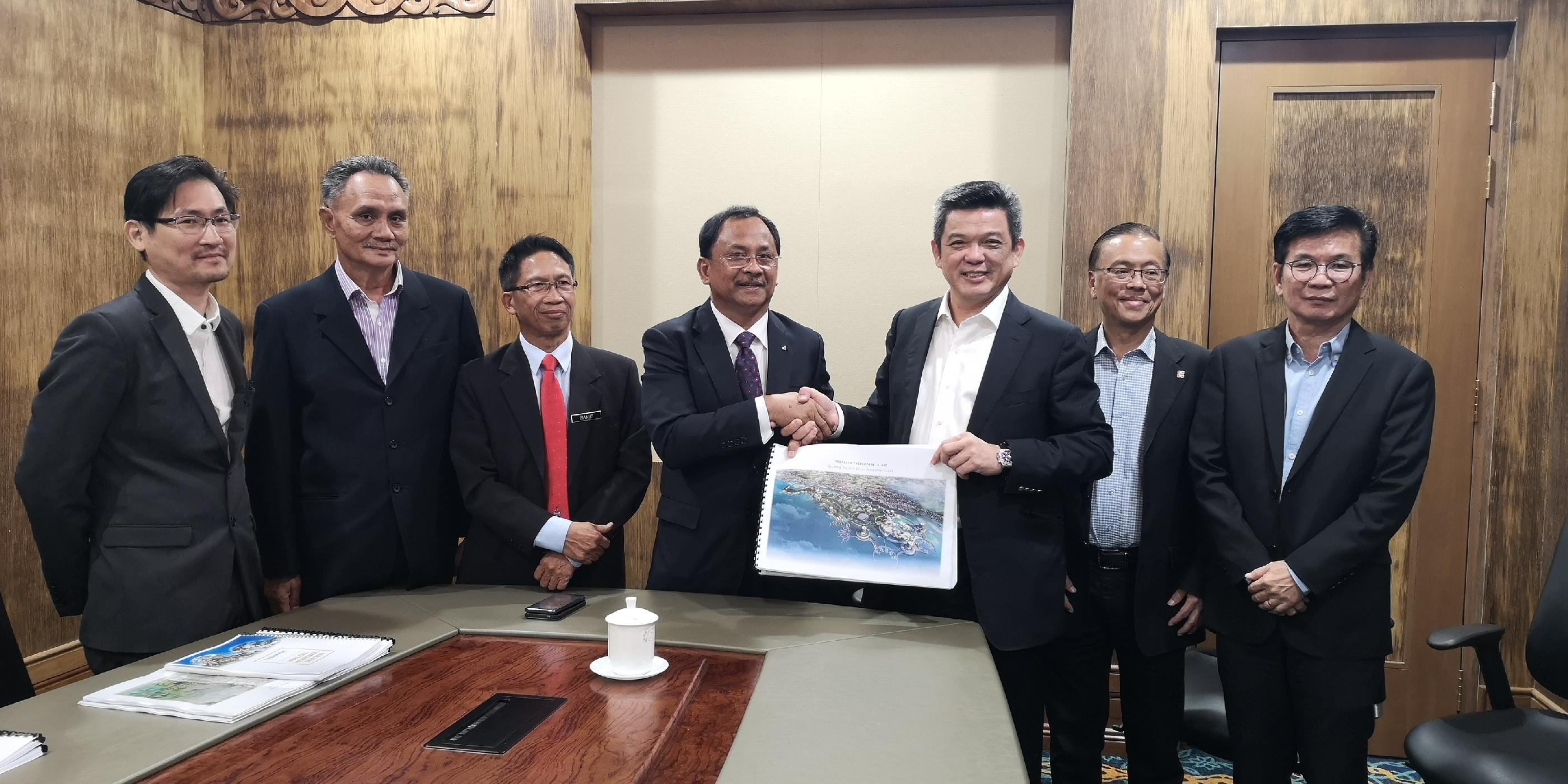
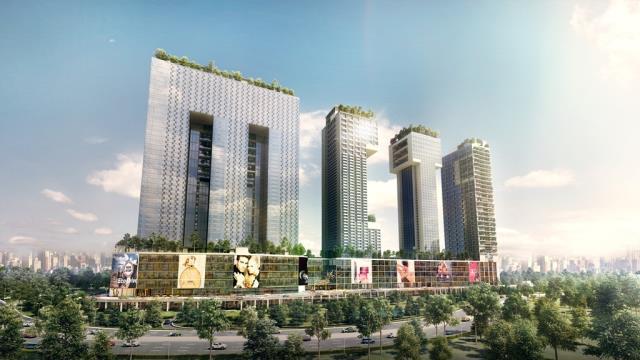

.jpg)
.jpeg)
